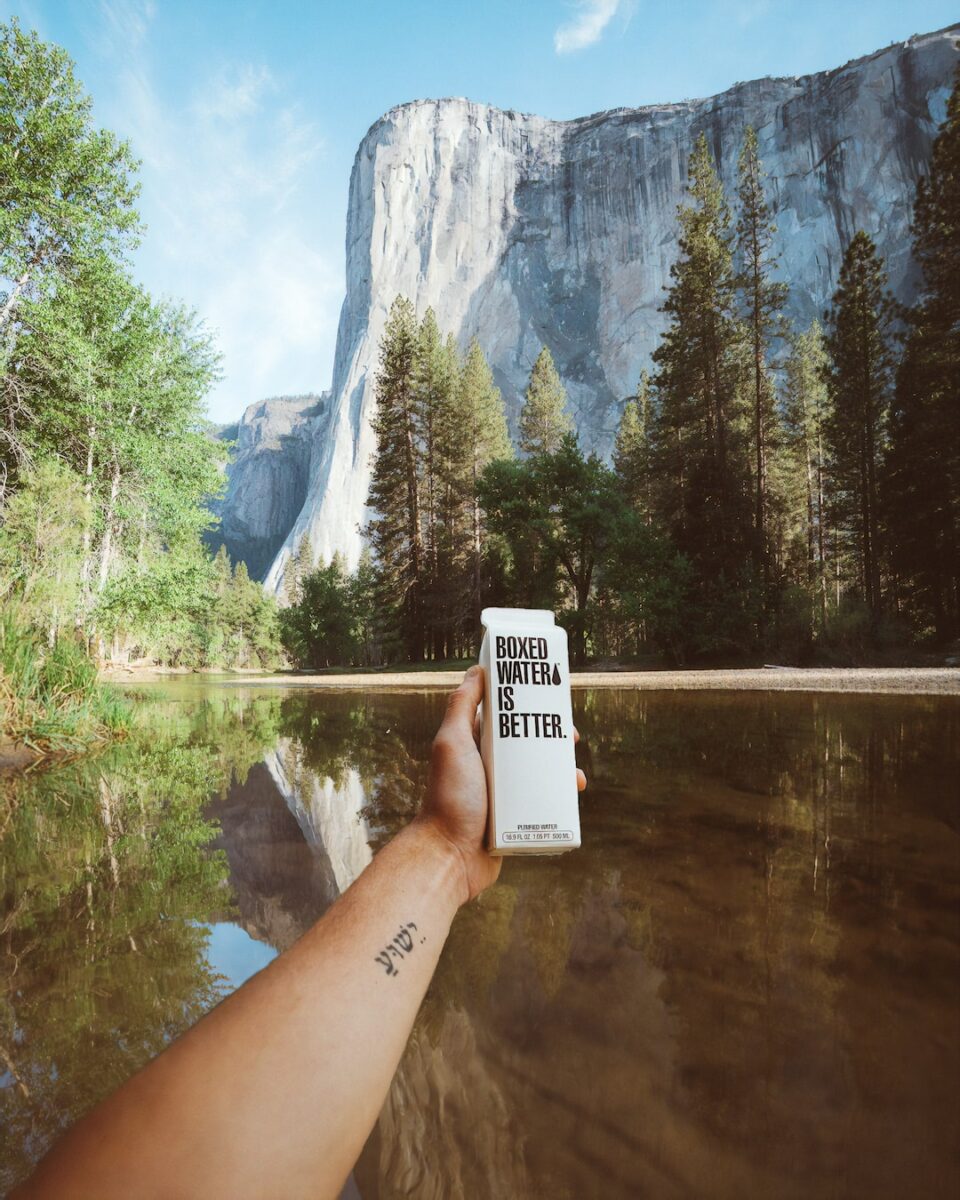The Beauty of Wildlife Photography: Tips and Tricks
Wildlife photography is a captivating and artistic field that allows us to capture the awe-inspiring beauty of the natural world. It is a rewarding hobby that requires patience, skill, and a deep appreciation for the wildlife around us. In this blog post, we will explore some tips and tricks that can help you take stunning wildlife photographs and bring out the true essence of nature.
1. Understanding Wildlife Behavior
One of the most crucial aspects of wildlife photography is understanding animal behavior. Learning about the habits and patterns of your subjects will enable you to anticipate their actions and capture unique moments. Observe the animals in their natural habitat and familiarize yourself with their feeding or mating patterns. This knowledge will allow you to be ready with your camera when that perfect shot presents itself.
2. Study the Light
Light plays a crucial role in photography, and wildlife photography is no exception. Understanding how to use light effectively can greatly enhance your images. The golden hour, which occurs shortly after sunrise and before sunset, offers soft and warm lighting that adds depth and dimension to your photographs. Experiment with different angles and positions to make the most of the available light and create stunning visual effects.
3. Invest in Proper Gear
Wildlife photography often requires specialized equipment to capture distant or fast-moving subjects. Investing in a high-quality DSLR camera with a telephoto lens will allow you to capture detailed shots from a distance. A tripod is also essential for stability, especially when using heavier lenses or shooting at slower shutter speeds. Remember to research the best gear for wildlife photography to ensure you have the necessary tools to create stunning images.
4. Patience is Key
Wildlife photography requires patience and perseverance. Animals don’t always appear on cue, and getting that perfect shot may take hours, if not days. Be prepared to spend long hours in the field, waiting for the right opportunity to capture that magical moment. Patience will not only reward you with incredible images but also provide you with a deeper understanding and appreciation for the wildlife around you.
5. Composition and Background
Creating visually pleasing compositions is crucial in wildlife photography. Pay attention to the surroundings and choose backgrounds that complement your subject. Avoid distracting elements that take attention away from the main focus. Experiment with different angles, perspectives, and points of view to add interest and create unique compositions. Remember to follow the rule of thirds, leading lines, and use negative space effectively to draw attention to your subject.
6. Capture the Action
Wildlife is often on the move, engaging in various activities such as running, flying, hunting, or playing. Capturing these moments of action can result in highly dramatic and impactful images. Use a fast shutter speed to freeze the motion and set your camera to continuous shooting mode to capture a series of images. Timing is everything, so be prepared and ready to press that shutter button when the action unfolds.
7. Use Manual Mode
While modern cameras offer advanced automatic modes, using manual mode allows you to have full control over the exposure settings. This level of control is crucial in wildlife photography, where lighting conditions can change rapidly. Learn to adjust your aperture, shutter speed, and ISO manually to create the desired effects and capture the essence of the scene. Experiment with different settings and pay attention to the histogram to ensure a well-exposed image.
8. Get Closer, but Respect the Wildlife
Getting close to your subjects can result in captivating images that show intricate details and reveal the true essence of wildlife. However, it is important to remember that animals should not be disturbed or put in harm’s way for the sake of a photograph. Respect their space and use long lenses to provide the necessary distance. Practice ethical photography by avoiding disruptive behavior or approaching nesting or feeding areas. Capturing wildlife images should never compromise their safety or well-being.
In conclusion, wildlife photography is a beautiful art form that allows us to share the captivating beauty of the natural world. By understanding wildlife behavior, studying light, investing in proper gear, and exercising patience, you can capture extraordinary moments and create stunning images. Remember to compose your shots thoughtfully, capture the action, and use manual mode to have full control over your images. Most importantly, respect and protect the wildlife you photograph, and let your passion for nature shine through in every frame. Happy photographing!

